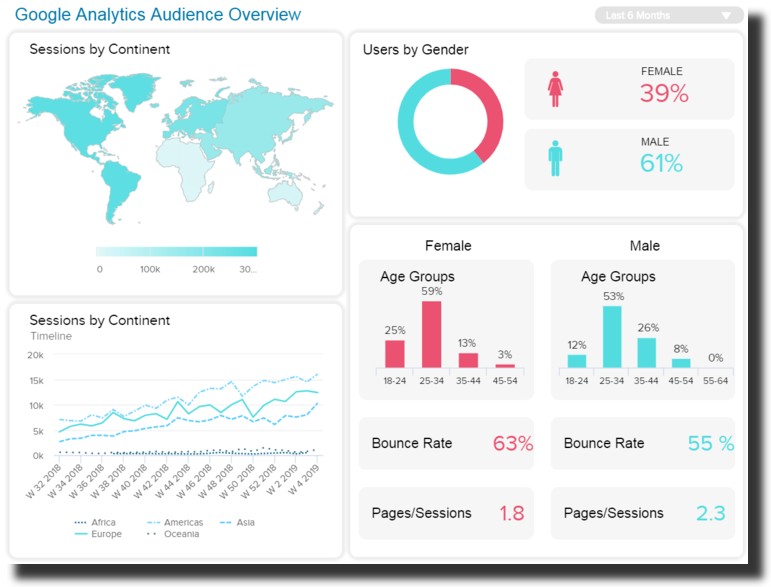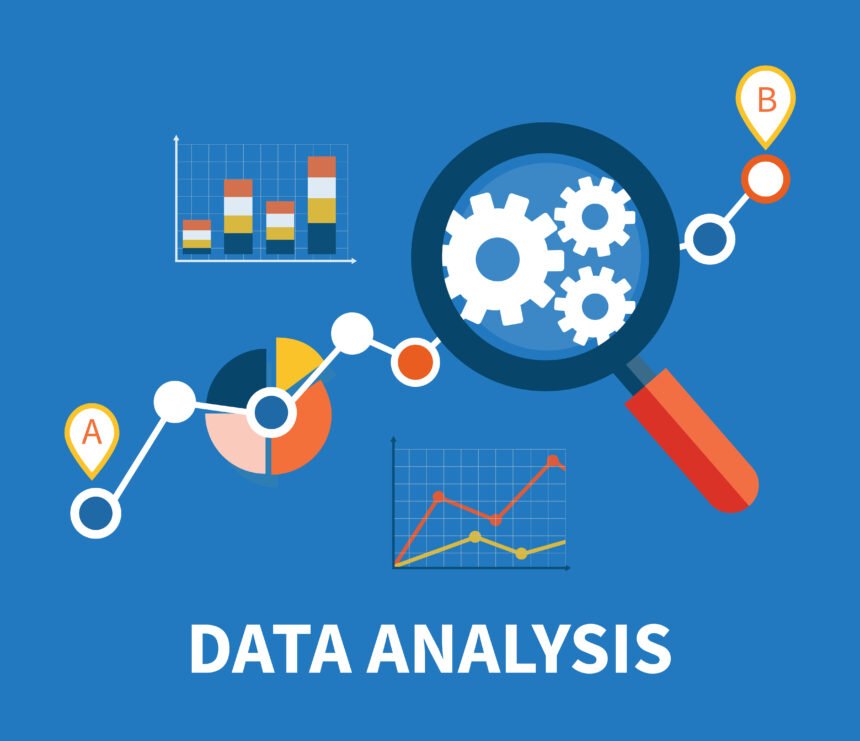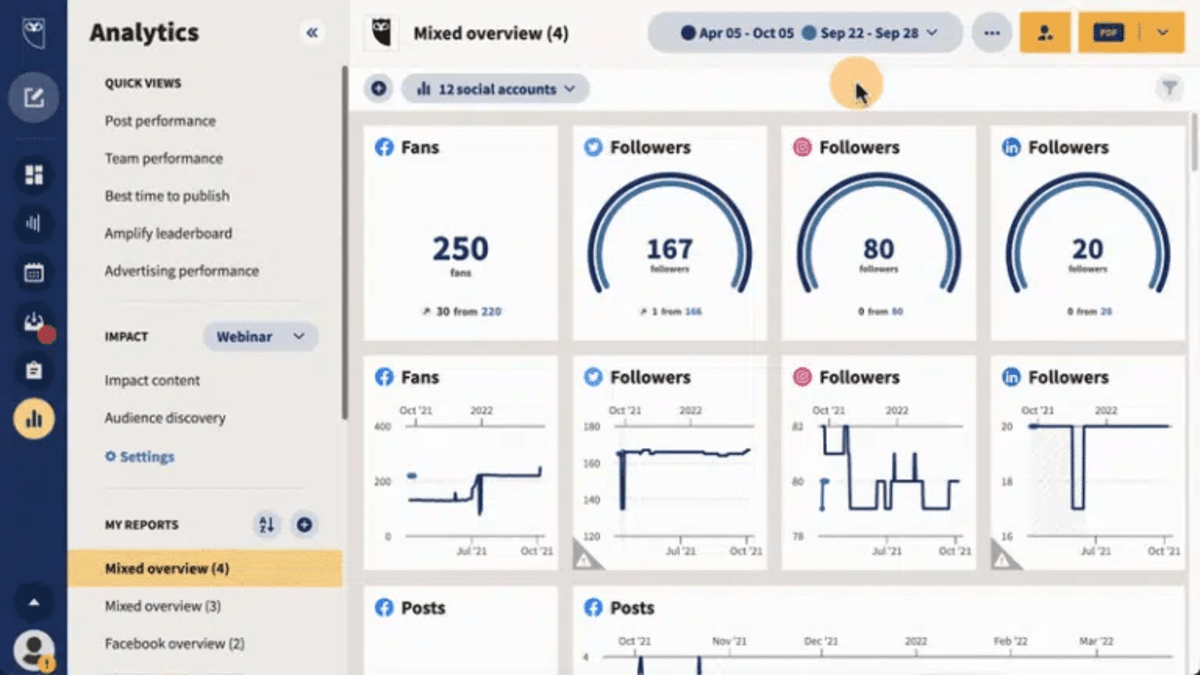Increase Efficiency and Earnings With Information Analytics
In today's data-driven landscape, organizations are increasingly identifying the pivotal role of information analytics in enhancing operational performance and profitability. By methodically evaluating information, organizations can reveal vital understandings that inform critical choices, improve procedures, and tailor client experiences.
Understanding Data Analytics
In today's data-driven landscape, recognizing data analytics is necessary for organizations aiming to improve functional efficiency and drive success. Information analytics entails the methodical computational evaluation of information collections to uncover patterns, connections, and understandings that educate decision-making. By using various methods, such as analytical evaluation, artificial intelligence, and anticipating modeling, companies can change raw data into workable intelligence.
The process usually begins with data collection, where appropriate details is collected from several sources, including transactional databases, consumer interactions, and market fads. This information is then cleaned up and arranged to make certain accuracy and consistency. As soon as the data is prepared, logical devices and software application are used to discover and picture the information, allowing stakeholders to identify patterns and anomalies.
Eventually, comprehending data analytics encourages companies to make informed decisions based upon empirical evidence instead of instinct. It promotes targeted strategies that can optimize resource allocation, improve consumer complete satisfaction, and enhance total efficiency. As organizations increasingly acknowledge the worth of data-driven understandings, a solid grip of data analytics ends up being a critical proficiency for groups and leaders alike, positioning them for sustained success in a competitive setting.

Key Advantages for Companies
Companies that leverage information analytics can open a wide variety of benefits that dramatically enhance their operations and success. One of the primary advantages is boosted decision-making. Information analytics gives workable understandings derived from real-time information, allowing companies to make enlightened selections that align with market needs and consumer choices.

Furthermore, data analytics cultivates boosted consumer experiences. By comprehending client behaviors and preferences, companies can customize their offerings, bring about increased satisfaction and loyalty. This tailored strategy frequently results in greater conversion prices and repeat business.
In addition, data analytics enables companies to identify arising opportunities and trends. By remaining ahead of the curve, companies can profit from brand-new markets and technologies prior to their rivals.
Executing Data-Driven Strategies
Effective implementation of data-driven approaches needs a comprehensive understanding of both offered information and organizational objectives resources. Organizations needs to initially define their objectives plainly, guaranteeing placement in between data campaigns and calculated objectives. This clearness makes it possible for teams to concentrate on pertinent metrics and insights that drive decision-making.
High-quality information is important for accurate analysis, as poor data can lead to misguided approaches and thrown away resources - Analytics. Organizations needs to establish procedures for data collection, cleansing, and management to preserve data integrity.
Furthermore, promoting a data-driven culture is important. Employees in any way degrees ought to be urged to take advantage of information in their everyday operations. Training workshops and programs can enhance data literacy, equipping team to make educated choices based upon analytical understandings.
Devices and Technologies Overview
A durable suite of devices and modern technologies is necessary for companies aiming to harness the complete potential of information analytics. These devices facilitate the collection, handling, and visualization of data, enabling services to derive actionable insights.
At the foundational level, information management platforms such as SQL data sources and NoSQL systems give reliable information storage and access capabilities. For data processing and evaluation, programs languages like Python and R, in addition to structures such as Apache Flicker, enable complicated computations and maker knowing applications.
Visualization devices, including Tableau and Power BI, change raw data right into intuitive visual layouts, making understandings accessible to stakeholders at all levels. Additionally, cloud-based platforms like Google Cloud and AWS offer scalable storage space and processing remedies, suiting the expanding quantities of information Clicking Here companies experience.
For advanced analytics, anticipating modeling and AI-driven remedies are significantly embraced, allowing firms look at this now to anticipate fads and improve decision-making processes. Incorporating these tools into existing workflows is vital; organizations that successfully take advantage of this technology can significantly boost operational effectiveness and drive profitability. Therefore, investing in the right tools and modern technologies is a calculated necessary for any data-driven company.
Study of Success
Leveraging data analytics has led various companies to attain remarkable improvements in effectiveness and earnings. One remarkable instance is a large retail chain that implemented predictive analytics to enhance stock administration. By examining historic sales information and customer fads, the firm lowered excess inventory by 30%, causing substantial price savings and improved cash circulation.
Another example can be located in the manufacturing market, where a leading auto supplier used data analytics to boost its production procedures. By checking device performance in real-time, the organization determined bottlenecks and inefficiencies, causing a 20% boost in overall tools performance (OEE) This not just increased manufacturing prices yet also lessened downtime and maintenance prices.

These instance researches highlight how information analytics can drive calculated decision-making, enhance processes, and eventually enhance Home Page both performance and profitability across numerous industries.
Verdict
In conclusion, the assimilation of data analytics into company operations presents substantial chances for improving efficiency and success. By systematically examining data, companies can identify inefficiencies, enhance customer experiences, and make notified choices. The adoption of anticipating modeling and real-time tracking better enables services to stay in advance of emerging patterns and assign sources properly. Eventually, the strategic implementation of data-driven techniques cultivates continual affordable benefits and drives significant renovations in functional performance and financial end results.
In today's data-driven landscape, comprehending data analytics is important for organizations aiming to improve operational efficiency and drive earnings. Information analytics includes the systematic computational evaluation of information sets to uncover patterns, relationships, and understandings that inform decision-making. Data analytics gives actionable understandings derived from real-time data, allowing companies to make informed options that align with market demands and customer preferences.
Premium data is necessary for exact analysis, as inadequate data can lead to illinformed methods and lost resources. Organizations must establish procedures for data collection, cleansing, and monitoring to preserve information honesty.